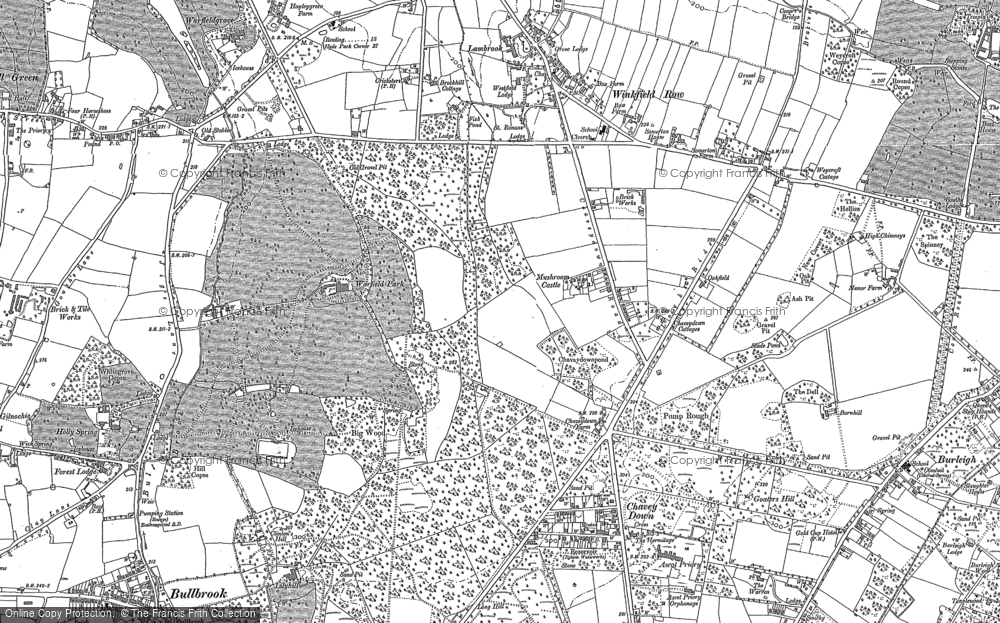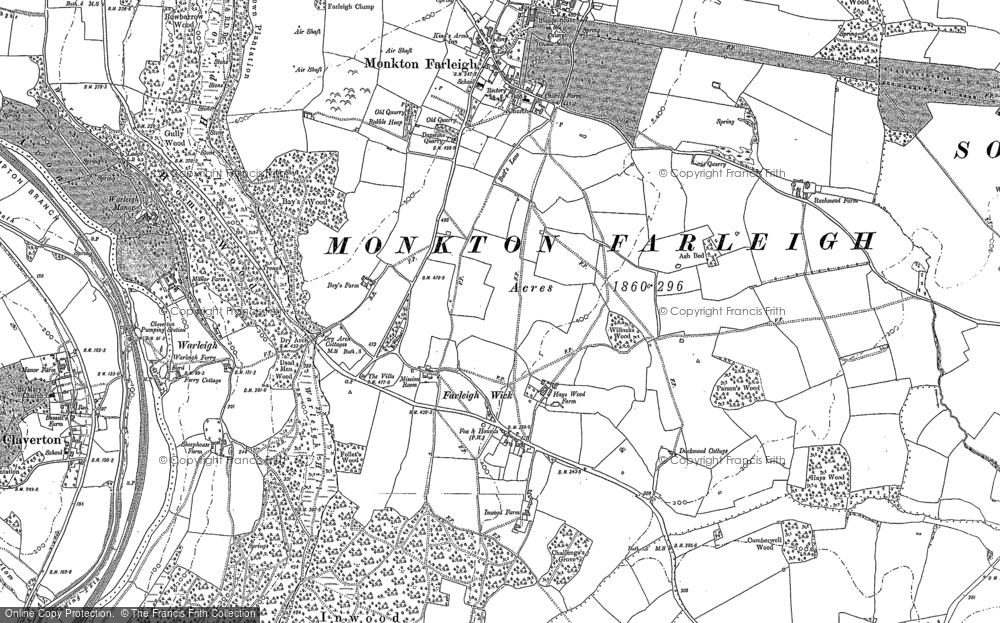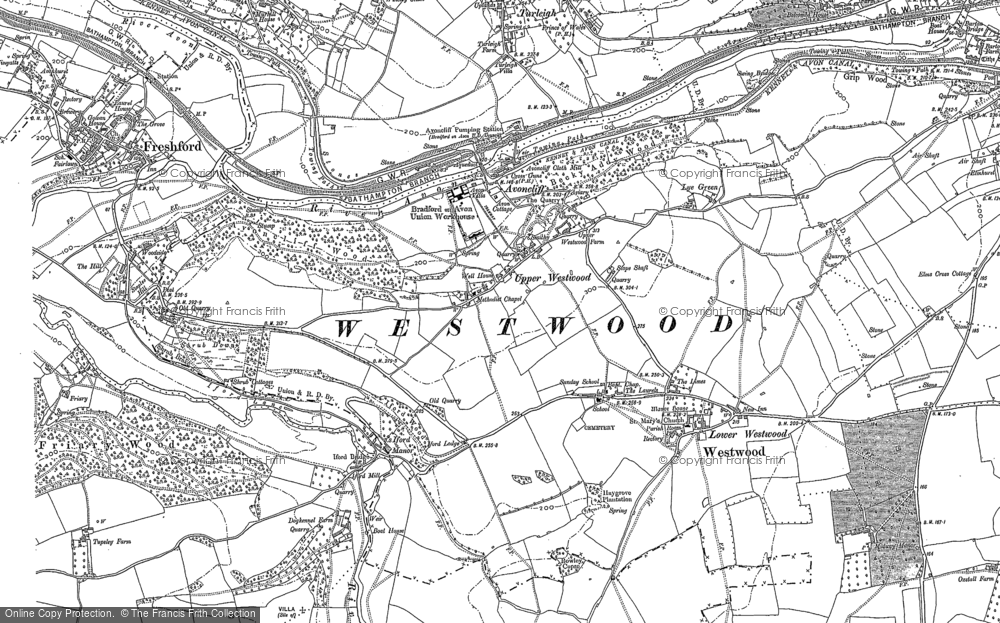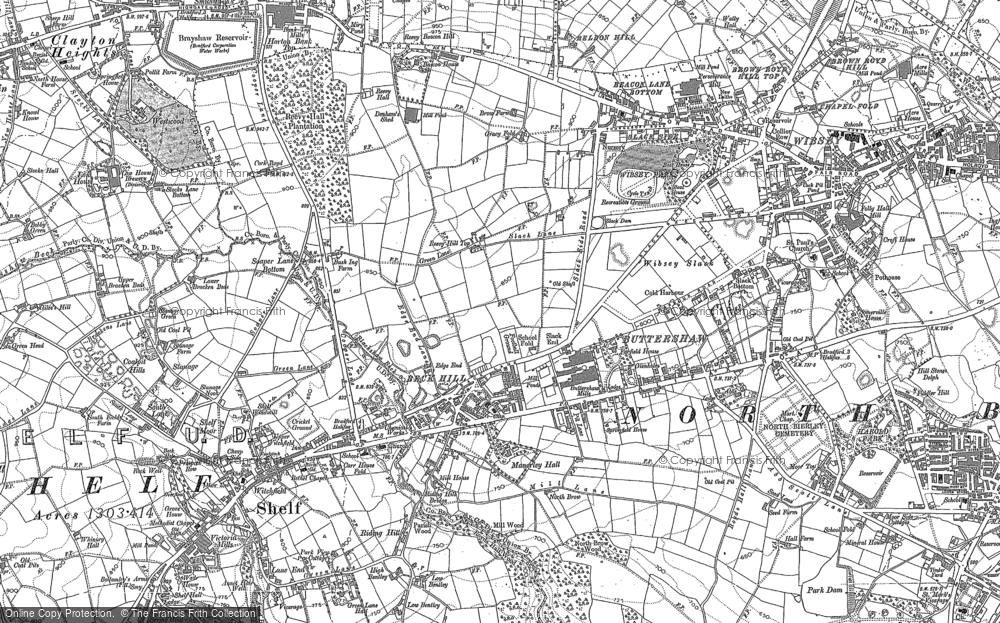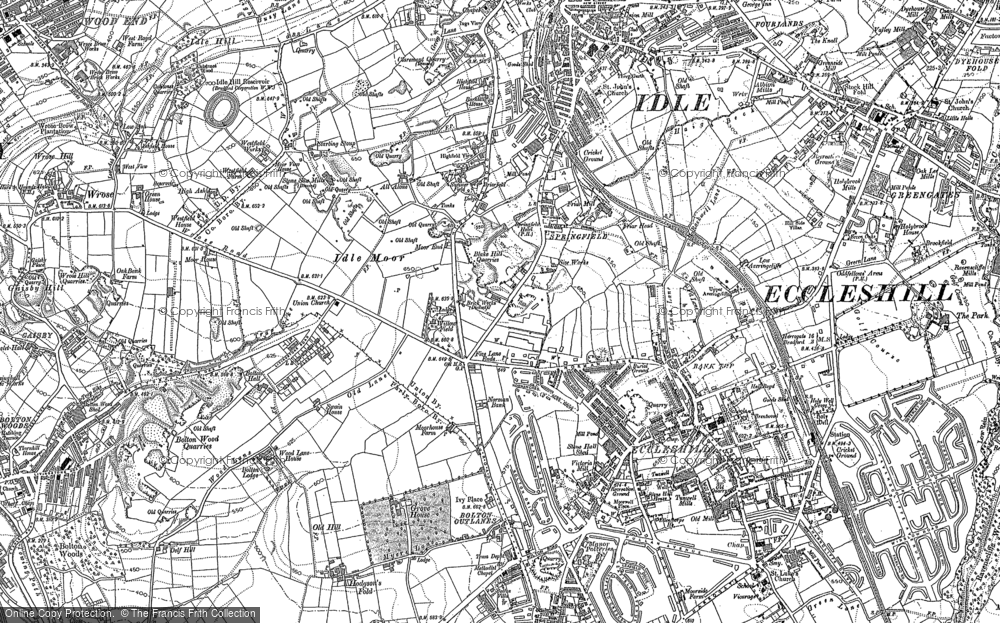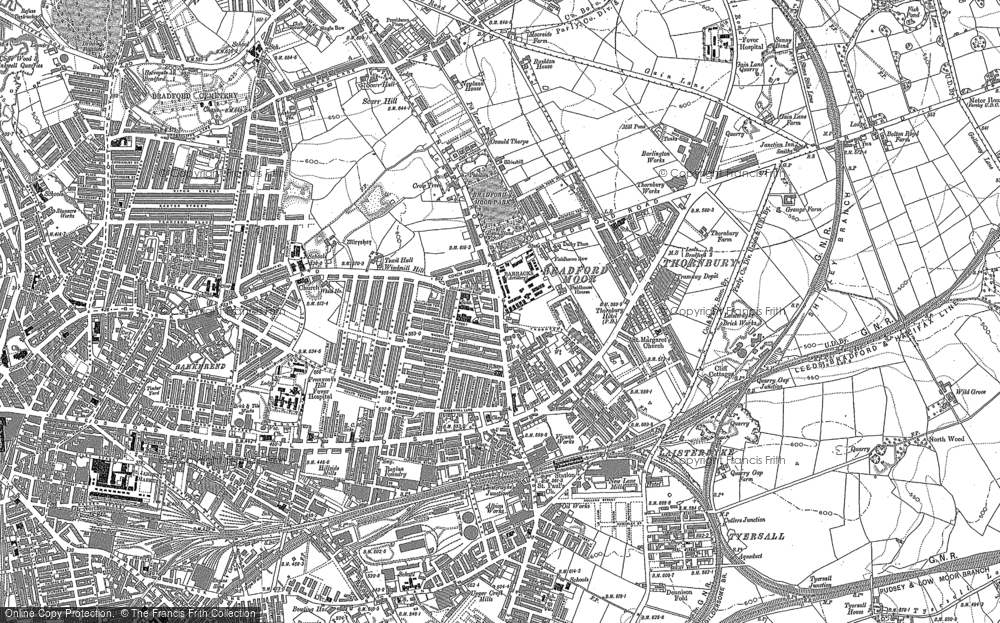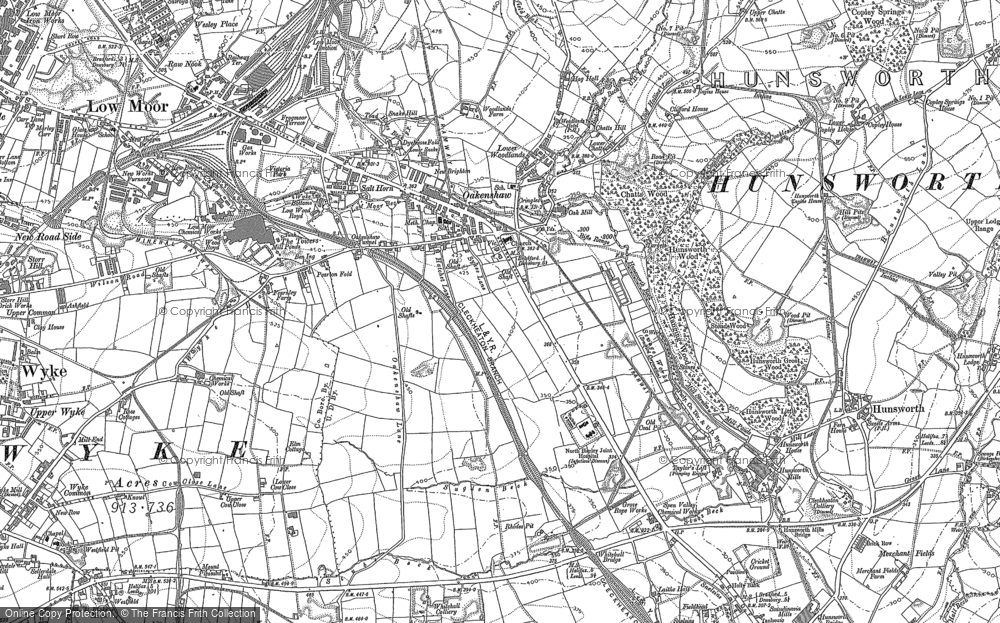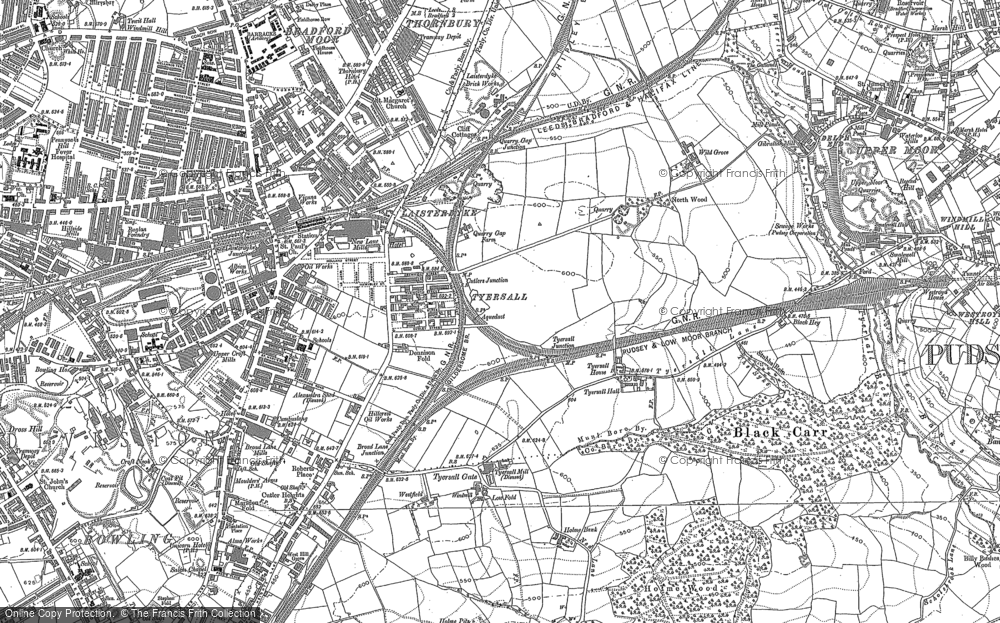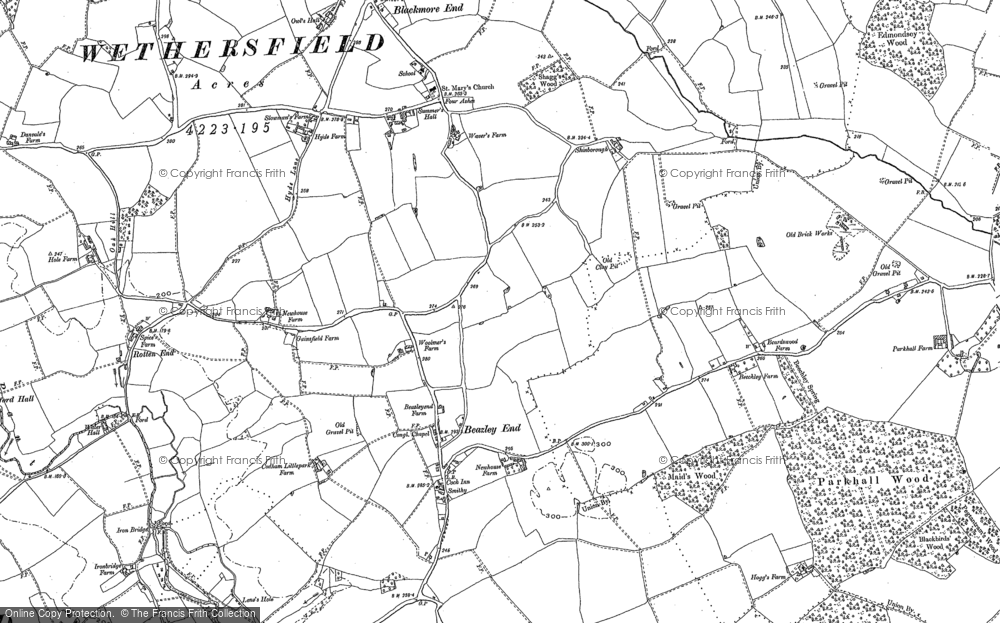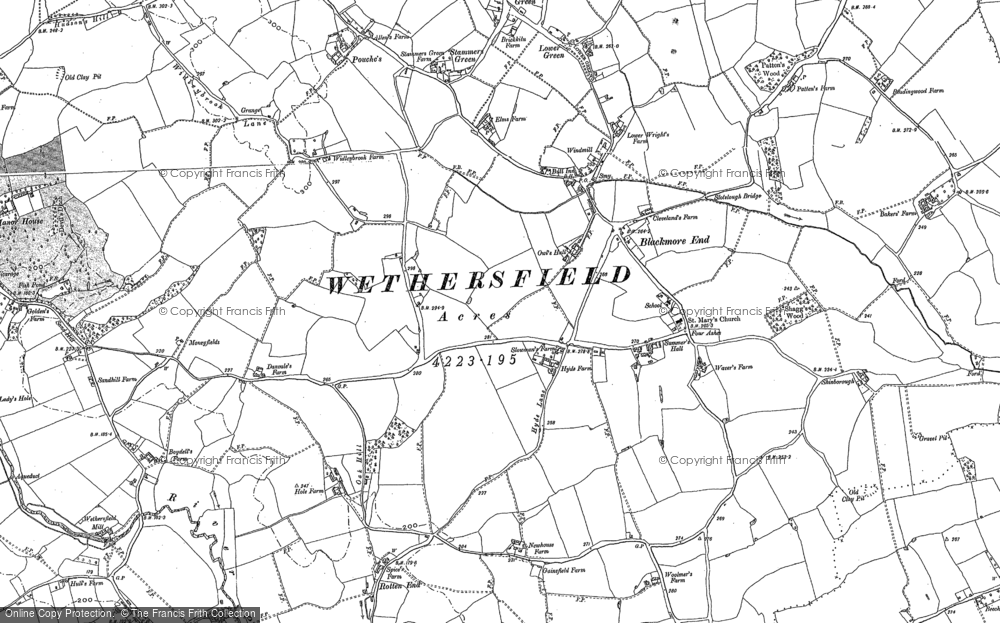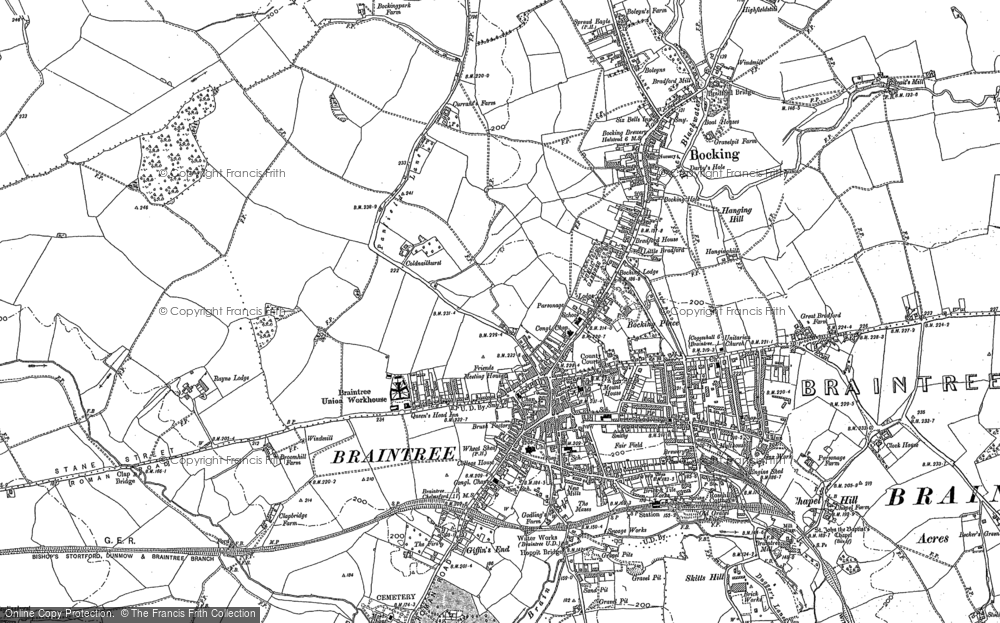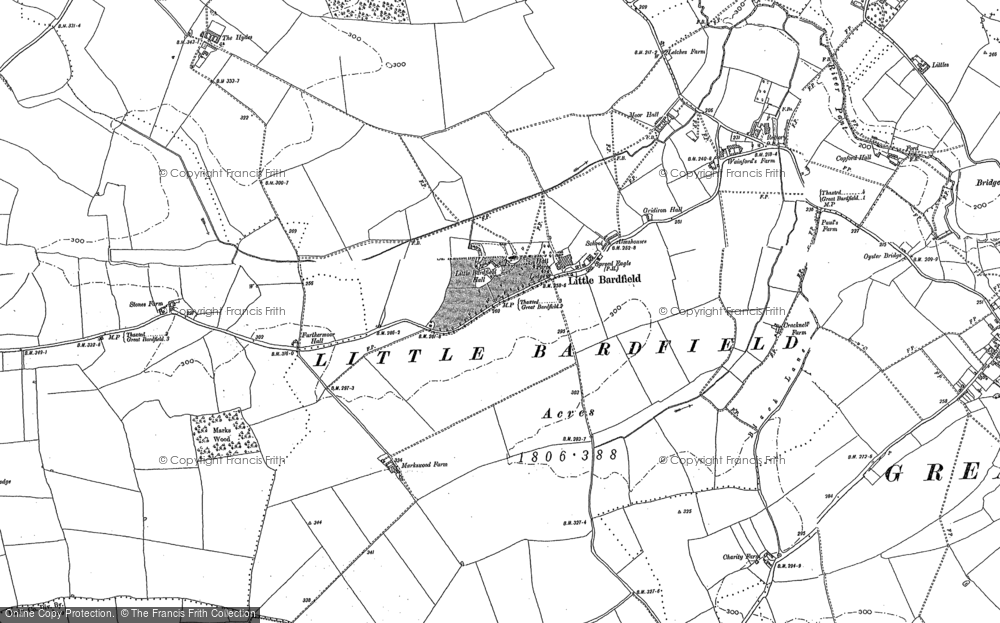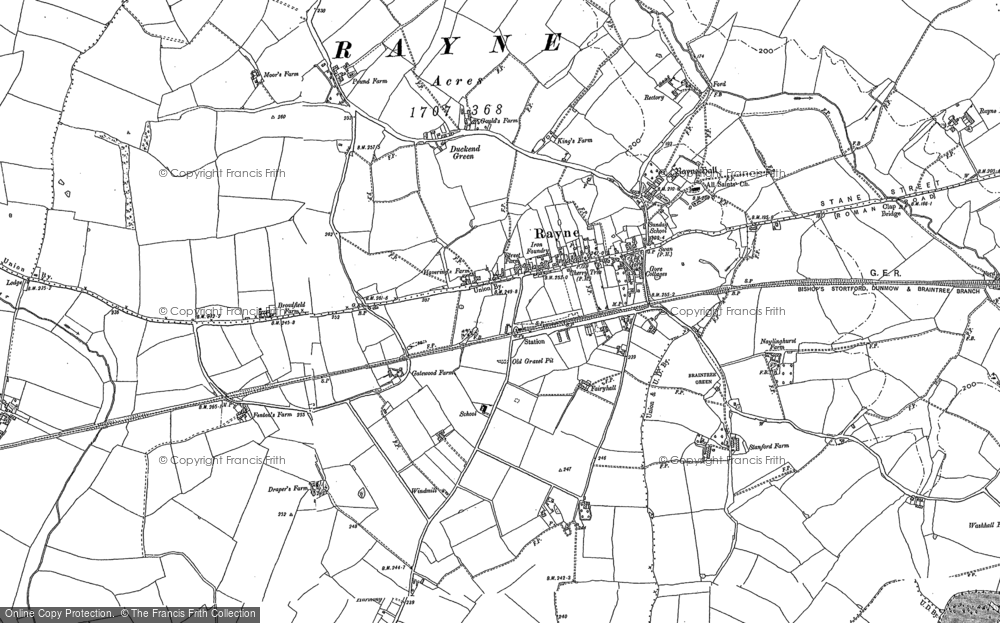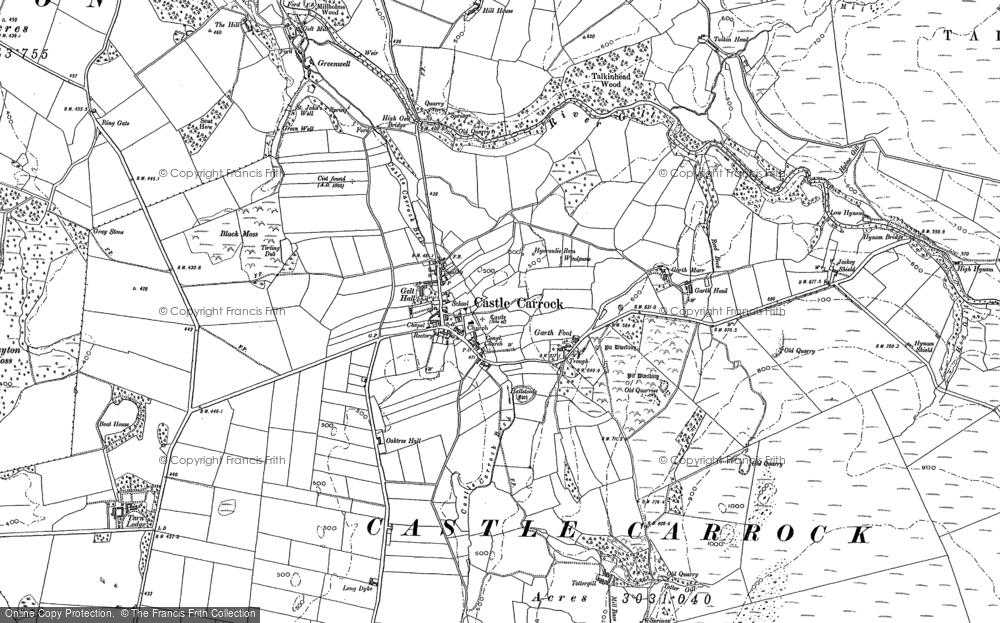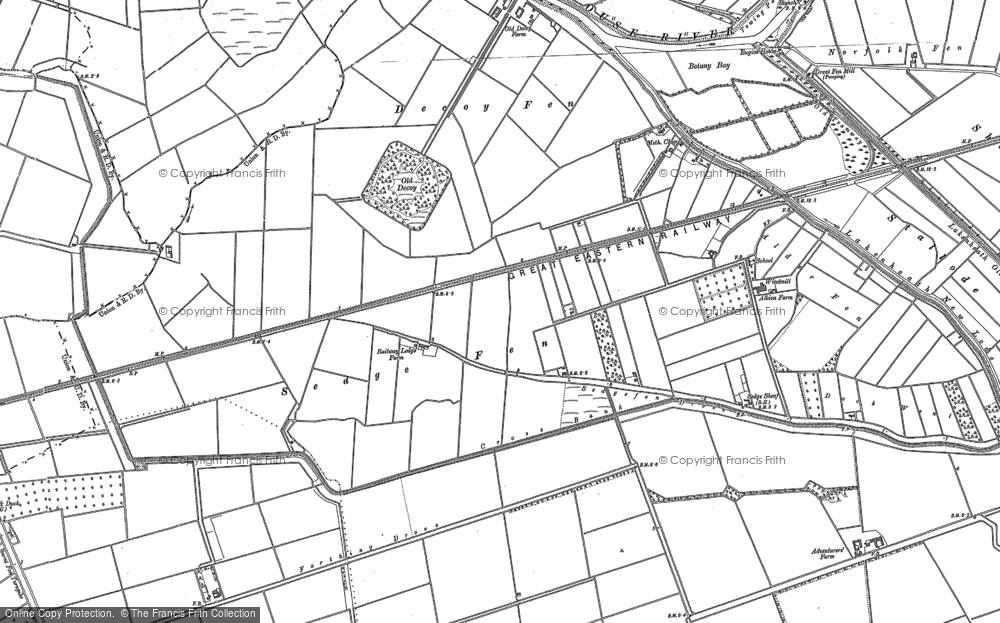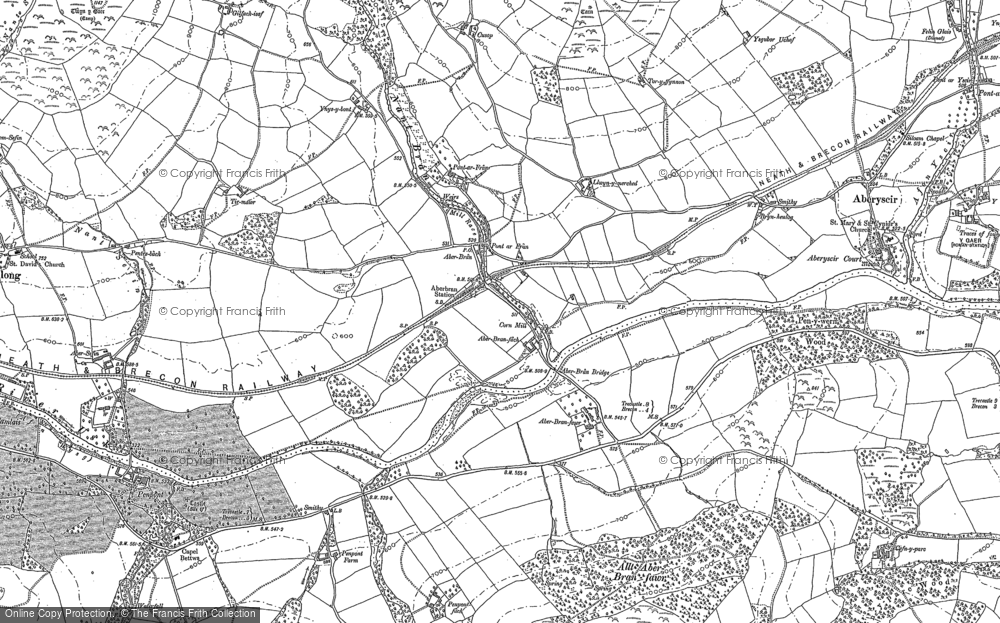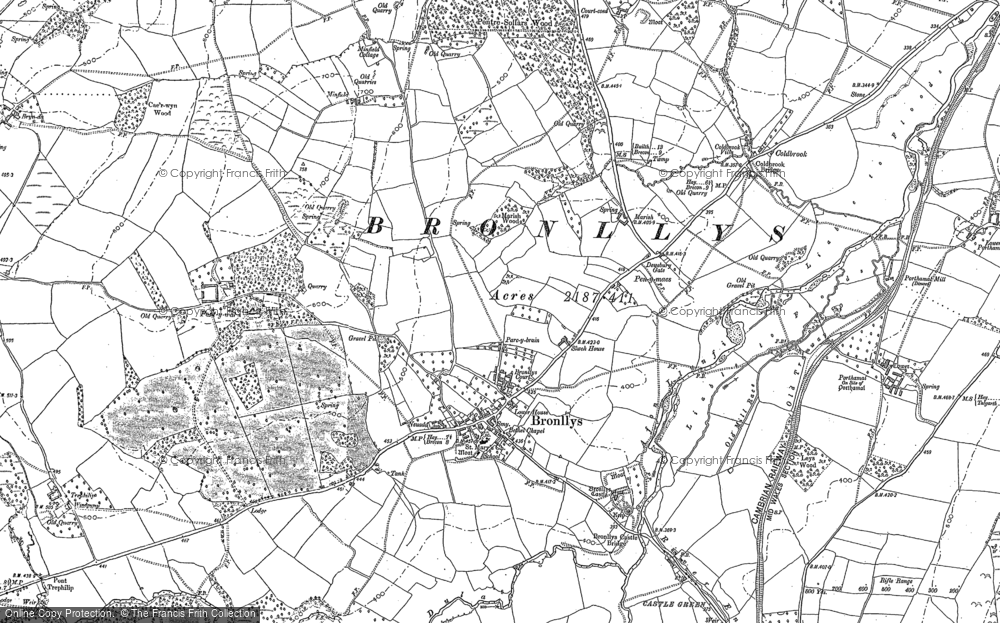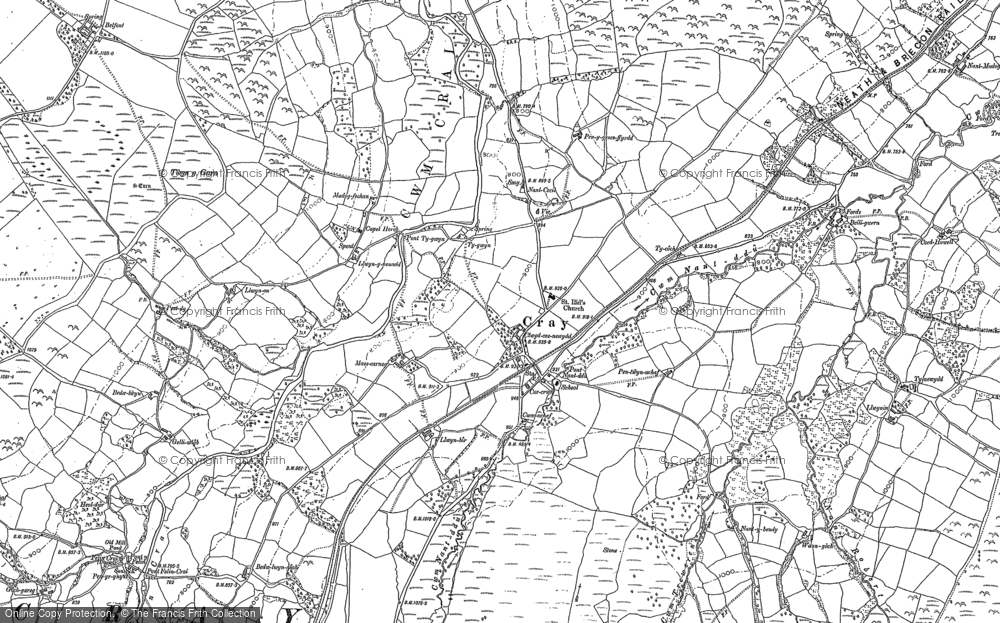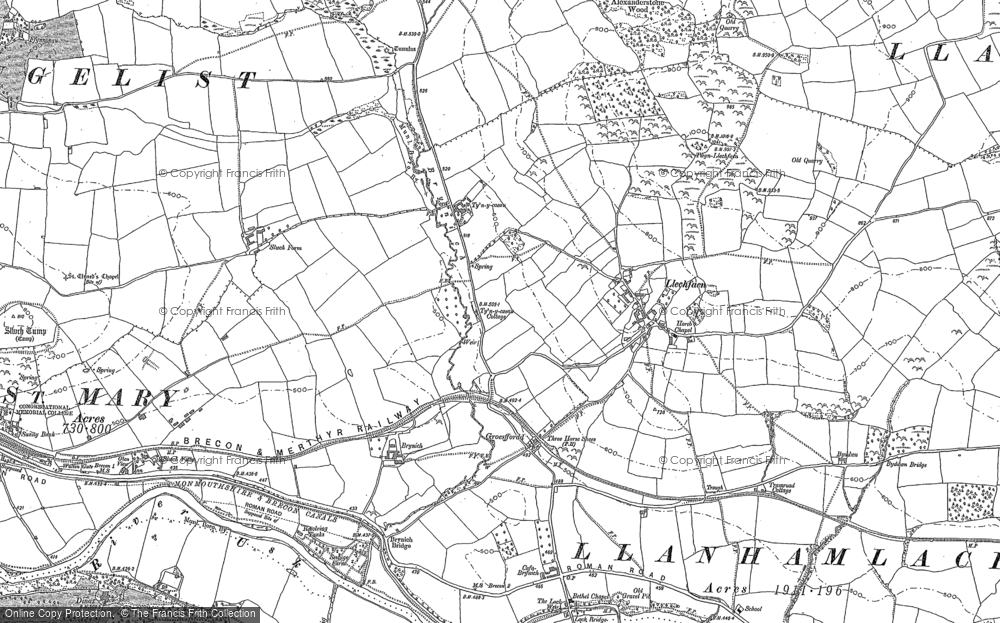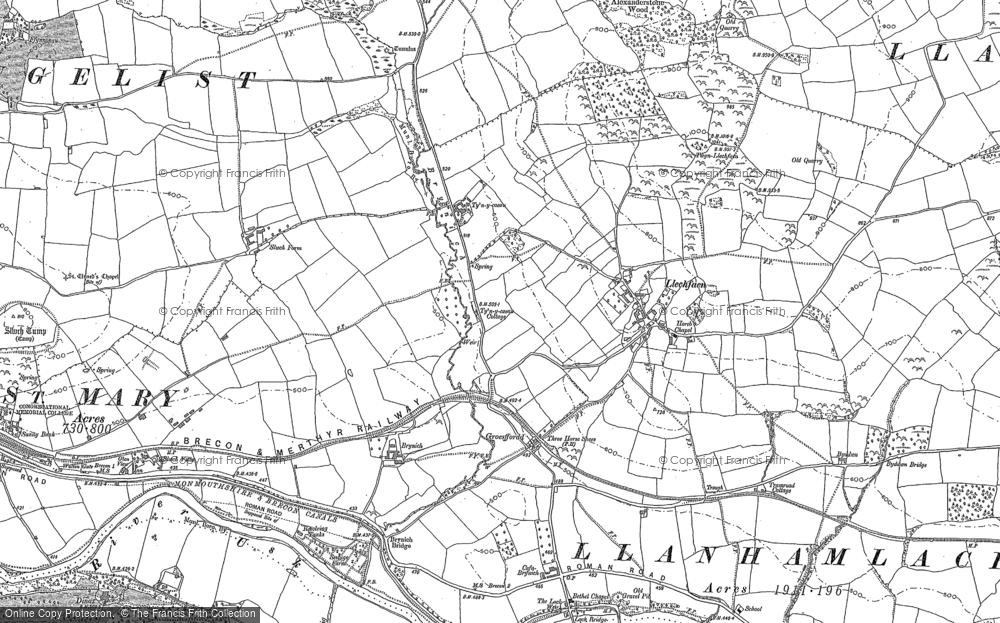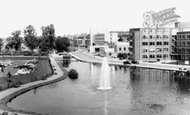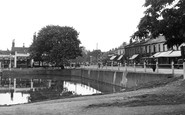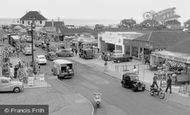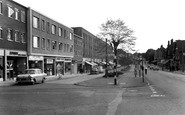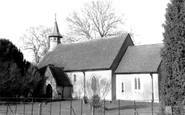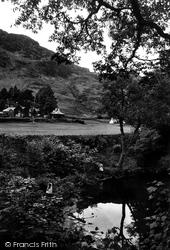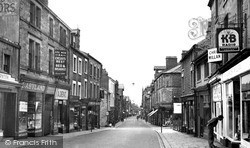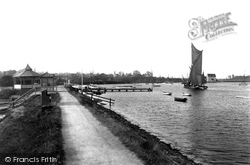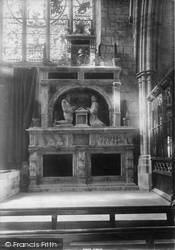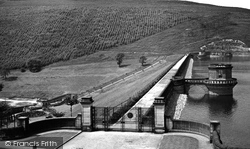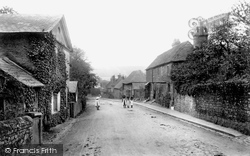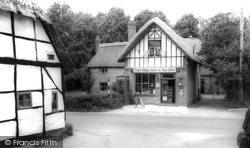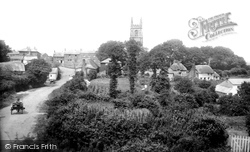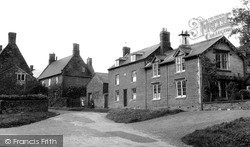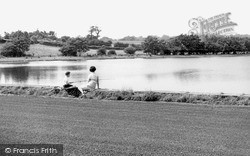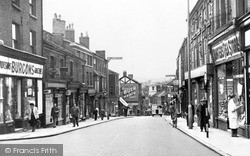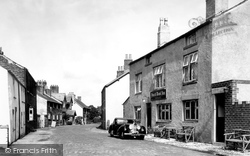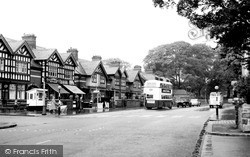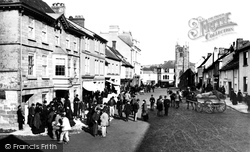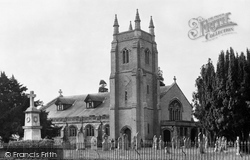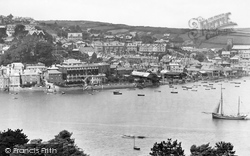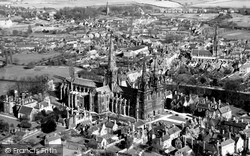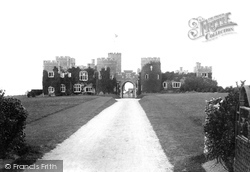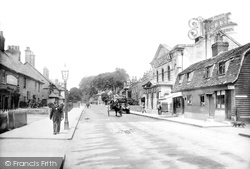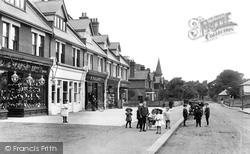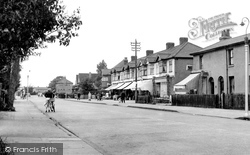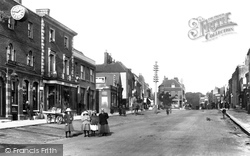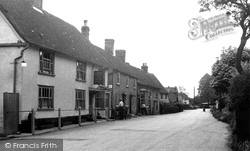Places
36 places found.
Those places high-lighted have photos. All locations may have maps, books and memories.
- Shanklin, Isle of Wight
- Ventnor, Isle of Wight
- Ryde, Isle of Wight
- Cowes, Isle of Wight
- Sandown, Isle of Wight
- Port of Ness, Western Isles
- London, Greater London
- Cambridge, Cambridgeshire
- Dublin, Republic of Ireland
- Killarney, Republic of Ireland
- Douglas, Isle of Man
- Plymouth, Devon
- Newport, Isle of Wight
- Southwold, Suffolk
- Bristol, Avon
- Lowestoft, Suffolk
- Cromer, Norfolk
- Edinburgh, Lothian
- Maldon, Essex
- Clacton-On-Sea, Essex
- Norwich, Norfolk
- Felixstowe, Suffolk
- Hitchin, Hertfordshire
- Stevenage, Hertfordshire
- Colchester, Essex
- Nottingham, Nottinghamshire
- Bedford, Bedfordshire
- Bury St Edmunds, Suffolk
- Aldeburgh, Suffolk
- St Albans, Hertfordshire
- Hunstanton, Norfolk
- Chelmsford, Essex
- Bishop's Stortford, Hertfordshire
- Peterborough, Cambridgeshire
- Brentwood, Essex
- Glengarriff, Republic of Ireland
Photos
11,144 photos found. Showing results 14,081 to 11,144.
Maps
181,031 maps found.
Books
442 books found. Showing results 16,897 to 16,920.
Memories
29,040 memories found. Showing results 7,041 to 7,050.
Earliest Workplaces
This picture was taken from the now demolished Circular and then quite unique Car park overlooking the Lake in front of Lord Alexander House on the right hand side of picture . This office was built in 1959/60 and the ...Read more
A memory of Hemel Hempstead in 1961
Hopkinstown New Cinema
My father-in-law, Frederick Walter Francis, was projectionist at the Hopkinstown New Cinema (or New Theatre). It is well known that the first 'talkie' film (with sound) was The Jazz Singer, but before it made its debut in ...Read more
A memory of Hopkinstown in 1920 by
Woodford Bridge And St Paul's Church
I grew up living in Moreton Gardens, my maiden name was Nicholls. I have 2 sisters Pat and Laura. My dear mum used to take us to church every Sunday morning, and I used to sing in the choir. I have some ...Read more
A memory of Woodford Green by
Memory Lapse2
I remember when I was transferred from the children's hospital in Birmingham to Bryn Bras Castle at the age of about 9 yrs - I was in the hospital for about a week before being driven by a Health Visitor dressed in a navy blue ...Read more
A memory of Hayling Island in 1944 by
Co Op And Toy Shop
We moved to Wanstead in 1968 but I still remember going in to the toy shop and my mum and dad buying me a matchbox mini car toy with a black roof, red front, yellow doors with spots on and diamonds for its lights. I also remember ...Read more
A memory of Loughton in 1967 by
Stanley Fritter
My name is Stanley Fritter and I was born in 1943 at 'Cuckolds Green', during an air raid, so my mother told me, but we lived at 3 Brook Row. My best and longest friend is Val Mudge, who lived next door, as youngsters we were ...Read more
A memory of Lower Stoke in 1943 by
Mimi And Grandad's Sweet Shop
My grandparents owned the sweet shop at the end of this parade. They were Harry and Gladys Godwin. My mother grew up there, as did my Uncle Paul. My brother and I have hundreds of fantastic memories from the 1970s. I ...Read more
A memory of Rainham in 1971 by
The Stywards
My Stuart family is buried at this church. I would like to see more pictures of this church inside such as the stained glass and crypt. I have a great interest in this family 1550 1625. Various spellings for my family name are ...Read more
A memory of Hartley Mauditt by
The Boeth School
Let's dig up the memories related to the Boeth School. My first input is about Mr Richards, who beat the hell out of me almost weekly. Can anyone beat that?I know we can have a good laugh at this, so let me know. .
A memory of Ynysboeth in 1949 by
Lost Love
I met my late wife Angela in Walkford in 1960 when we were both very young. I was on holiday on my motorbike with three of my pals, and she was on a bicycle. It was a hot August bank holiday. She lived in Heath Road and was very girlish for ...Read more
A memory of Walkford in 1960 by
Your search returned a large number of results. Please try to refine your search further.
Captions
29,395 captions found. Showing results 16,897 to 16,920.
For a short time in the middle of the 19th century, copper was mined in Dry Cove above Tilberthwaite.
Before chain stores dominated Britain's high streets, shoppers could choose from a variety of family traders, as this 1950s street scene illustrates.
Ormesby was once an important market town whose inhabitants were privileged to be exempt from county service, and from contributing funds towards the maintenance of the Shire Knights.
This shows the raised riverbank as a place of recreation, with seats, shelters and a bandstand. A barge makes towards the dock, passing the coal jetty on the left.
The tree-lined walks by the side of the River Derwent known as the Lovers' Walks have been popular with visitors since the town became a tourist honeypot in the 19th century.
This view looks across the ornate, wrought iron gates of the Ladybower Dam towards the newly planted regimented forestry on the slopes of Win Hill.
The long village High Street running down from the ridge overlooking the Weald and the 13th-century church of St Peter is lined with picturesque tile-hung cottages.
Another classic English village, Nether Wallop assumed a 1950s feel during the 1980s when it was chosen as one of the key locations in the BBC series Miss Marple.
Gorran Churchtown, a mile or so inland from Gorran Haven and nearly 300 feet above sea level, has a 15th-century church, the tower of which is an important mark for coastal shipping.
The delightful mid Victorian house on the right is built in Strawberry Hill Gothic style. The Cottage, as it is known, was built on the site of three cottages by the owner of the adjacent house.
It lies within the old Delamere Forest, and nearby there is a small section of that original forest surviving – it is considered so important that it is now a Site of Special Scientific Interest
Mill Street was so named because it was at the bottom of this street in 1743 that Charles Roe established his silk mill (not visible here).
The Punch Bowl Inn was formerly known as the Covered Cup, a reference to the three chalices contained within the emblem of the Butler family, who held the manor.
The cottage, built in 1824, served as the local post office; like the rest of the small hamlet, it is part of the Stonyhurst estate.
This was built as a chantry chapel to All Saints, which was in the Saxon part of the town, well away from the newer area. Farmers gather at the corner to mull over the issues of the day.
Situated at the western end of the main street, All Saints Church has dormer windows with carved barge- boards and a diamond-shaped clock with a gilded crown.
A few ruined walls in the estuary mark the site of Fort Charles, which was garrisoned by the royalist army for four months in 1646 during the English Civil War.
An excellent aerial view of the Cathedral.
At this time it was the home of Lord Avebury, the distinguished author, scientist and inventor of the bank holiday. It became a hotel in 1922, and was later converted to 32 flats.
Leaving the town by North Street the traveller was soon in the country, passing Marshall's Park on the right.
Before Station Road became the bustling thoroughfare it is today, the photographer poses the children on the pavement and in the road to complete this Edwardian scene.
The twin gables of the Spencer's Arms can be seen beyond. Perhaps the major difference with today is the lack of parked cars and traffic.
Spectators at the fire faced the added danger of having the clock fall on them. Notice the contrast, here, between the children's fashions and those of the slightly older girl.
Once known as Fyfield Street, or just The Street, this end of the village now takes its name from The Queen's Head pub.
Places (6814)
Photos (11144)
Memories (29040)
Books (442)
Maps (181031)




